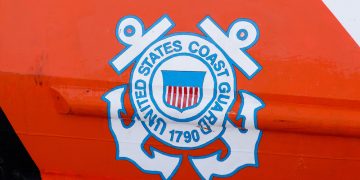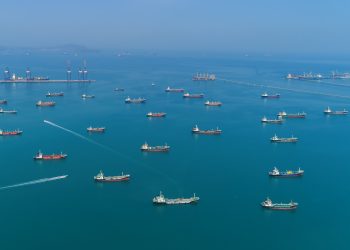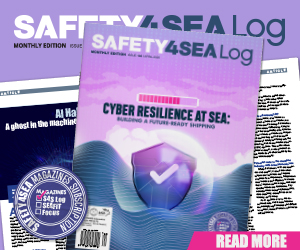The U.S. Coast Guard has introduced a streamlined reflagging process for foreign-built vessels, enhancing efficiency and clarity while upholding safety standards.
This updated process consolidates the reflagging procedure into a single program aligned with international standards, reducing regulatory hurdles such as plan review and national equivalency evaluations. As a result, vessel owners can avoid costly modifications, reduce scheduling delays, and help expedite the recapitalization of the Ready Reserve Force (RRF) with foreign-built ships, ultimately boosting employment opportunities for American mariners.
This effort supports executive actions as well as the national policy for the U.S. Merchant Marine to carry waterborne commerce at all times and to serve as a naval auxiliary during national contingencies. To assist vessel owners and operators, the USCG is announcing the availability of Change-2 to Navigation and Vessel Inspection Circular (NVIC) 01-13, Inspection and Certification of Vessels under the Maritime Security Program (MSP).
Under this streamlined reflagging program, the USCG has clarified the enrollment process, streamlined plan review, and further explained the eligibility for foreign-built vessels to be inspected and certificated in accordance with NVIC 01-13. Specifically, this update acknowledges that while some commercial vessels may receive a payment as part of their MSP enrollment, it is not a precondition for certification.
Accordingly, other foreign-built vessels may enroll in voluntary sealift support programs established by MARAD and utilize this guidance to obtain a Certificate of Inspection provided they meet the enrollment criteria as specified by MARAD. This includes vessels reflagging as part of the Ready Reserve Force recapitalization. In the revised guidance, all vessels will be generally referred to as “MSP vessels” regardless of the sealift support program for which MARAD has determined that the vessel is eligible.



































































